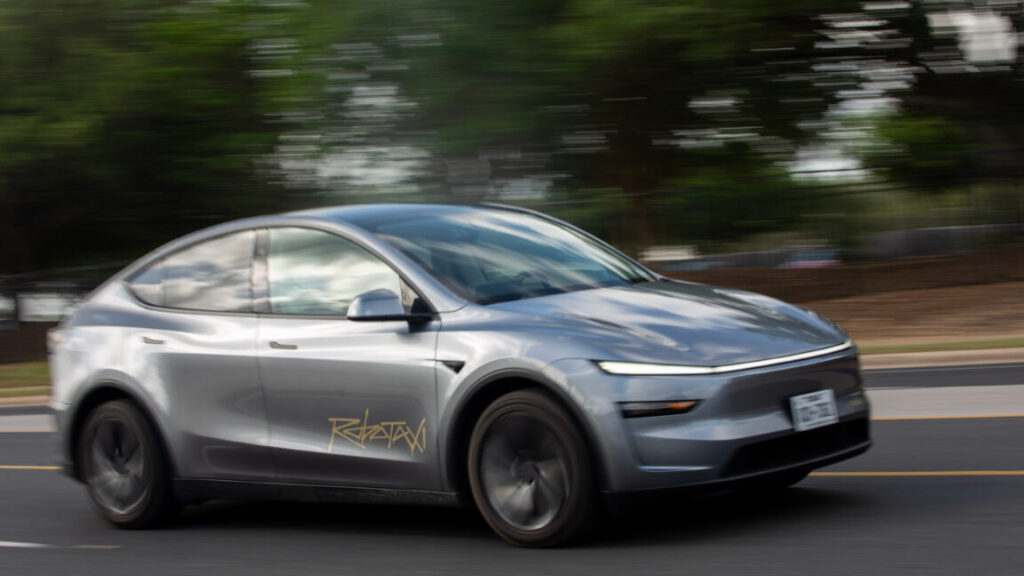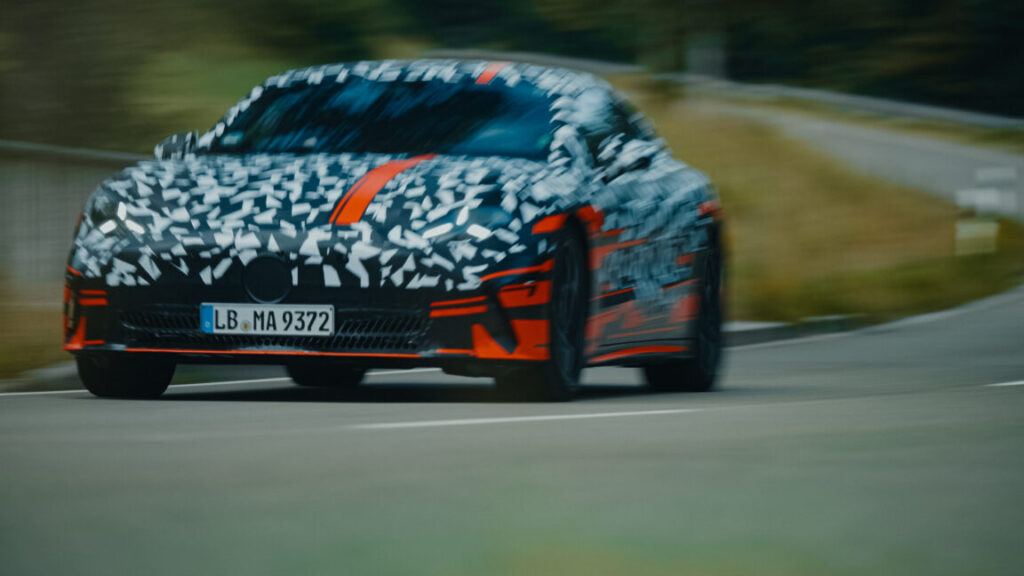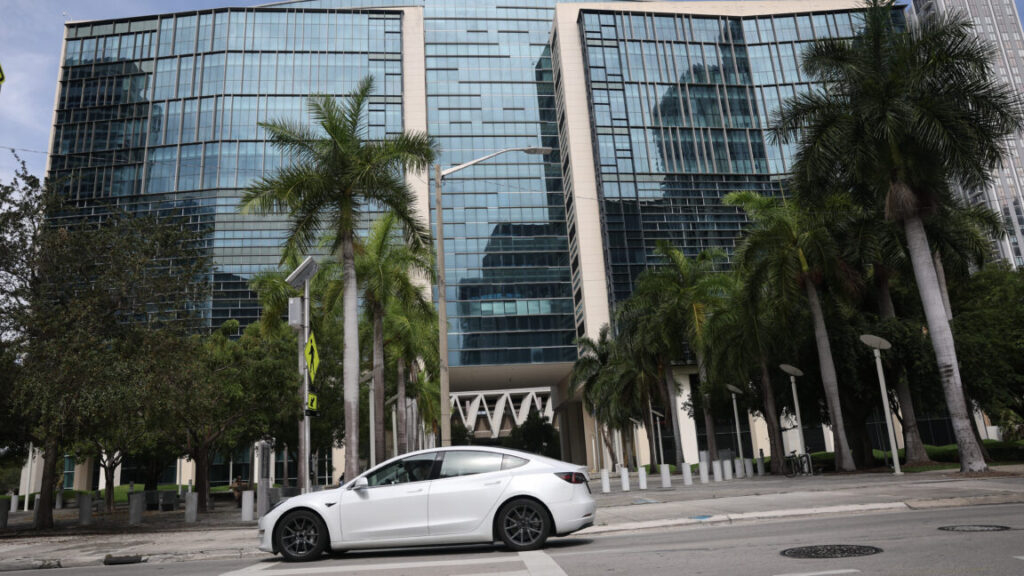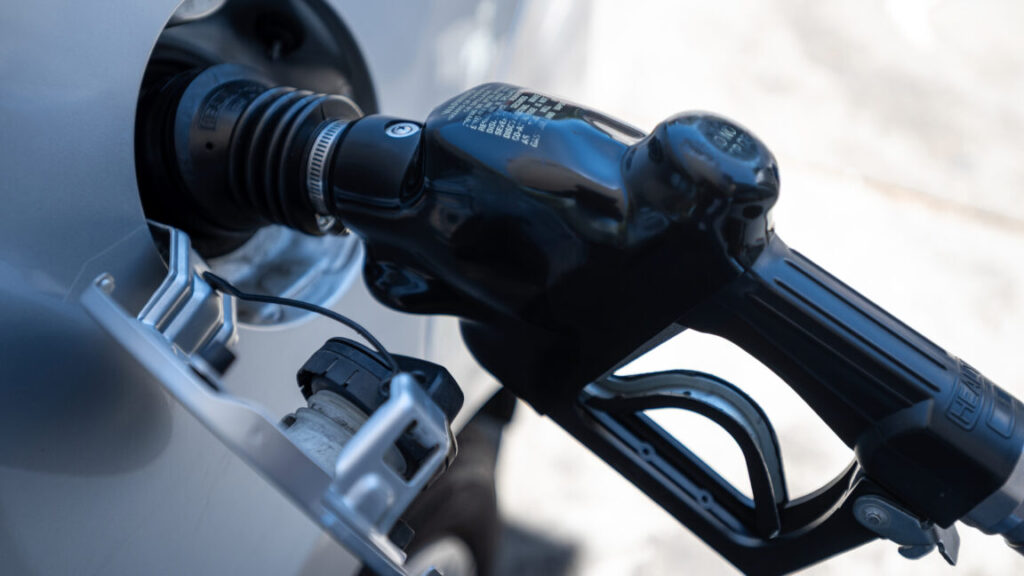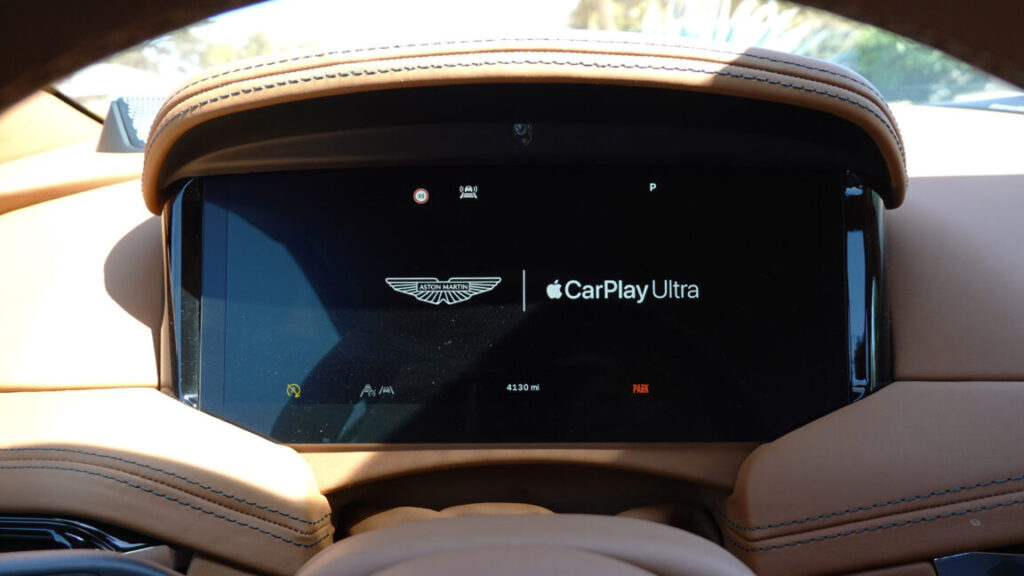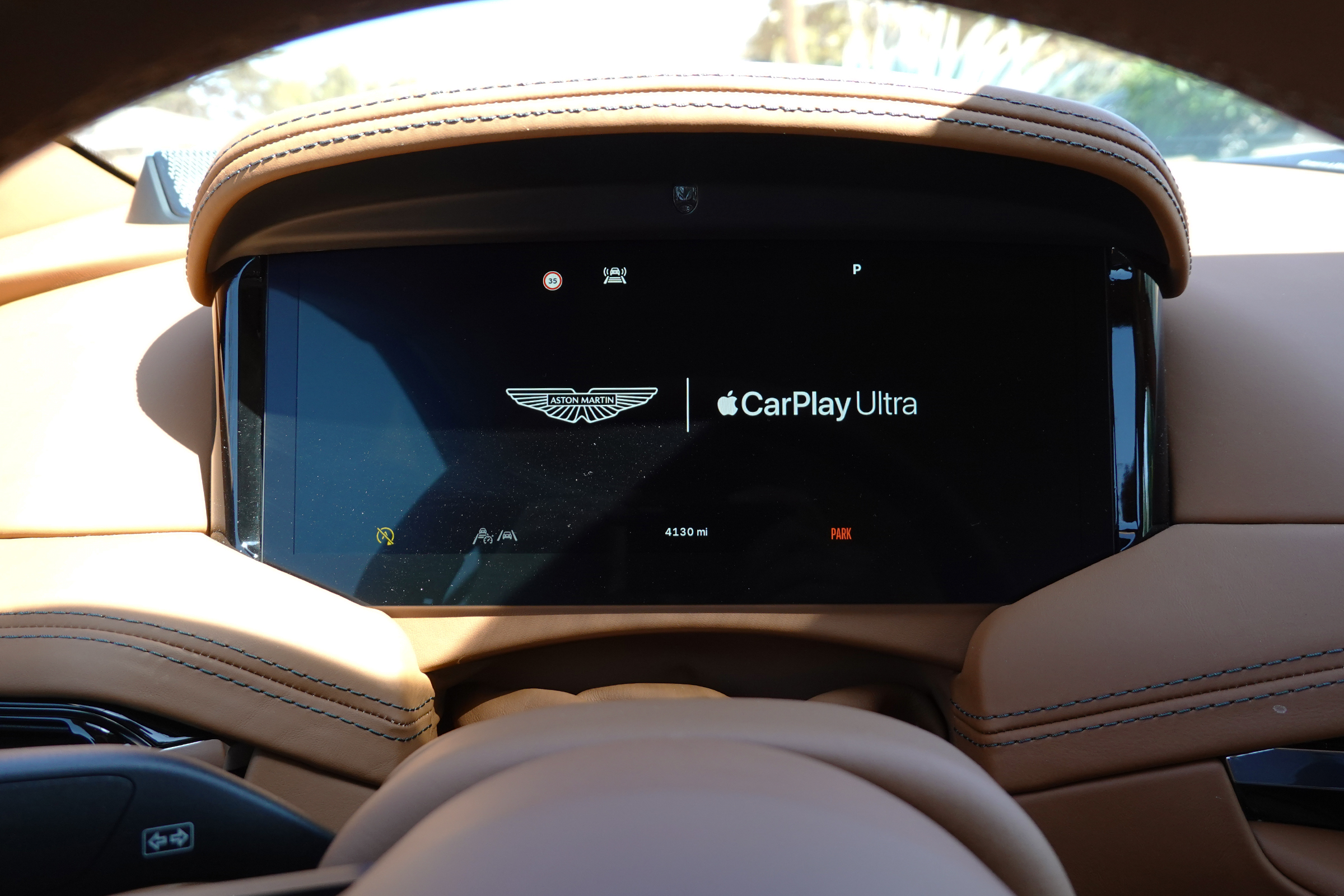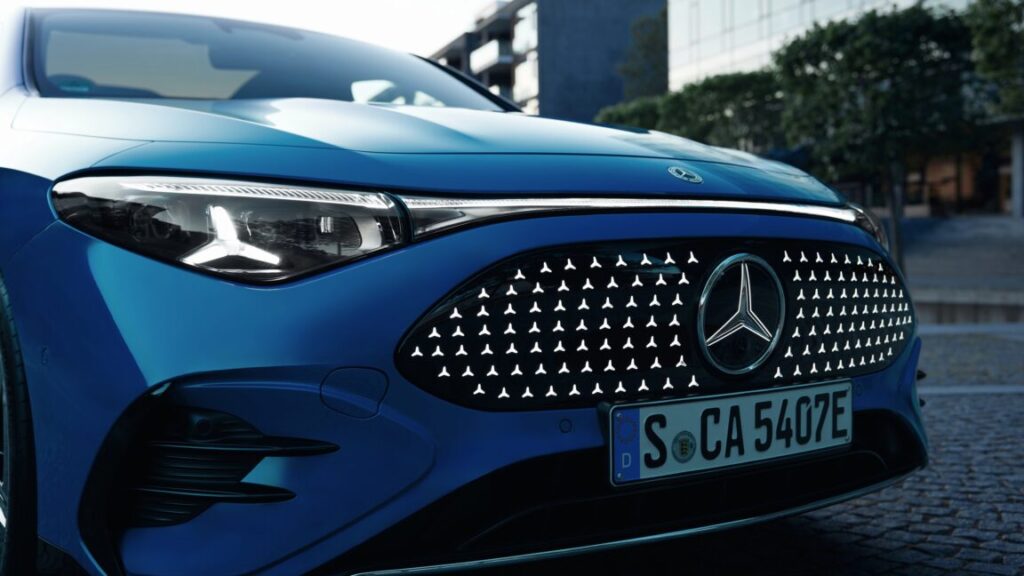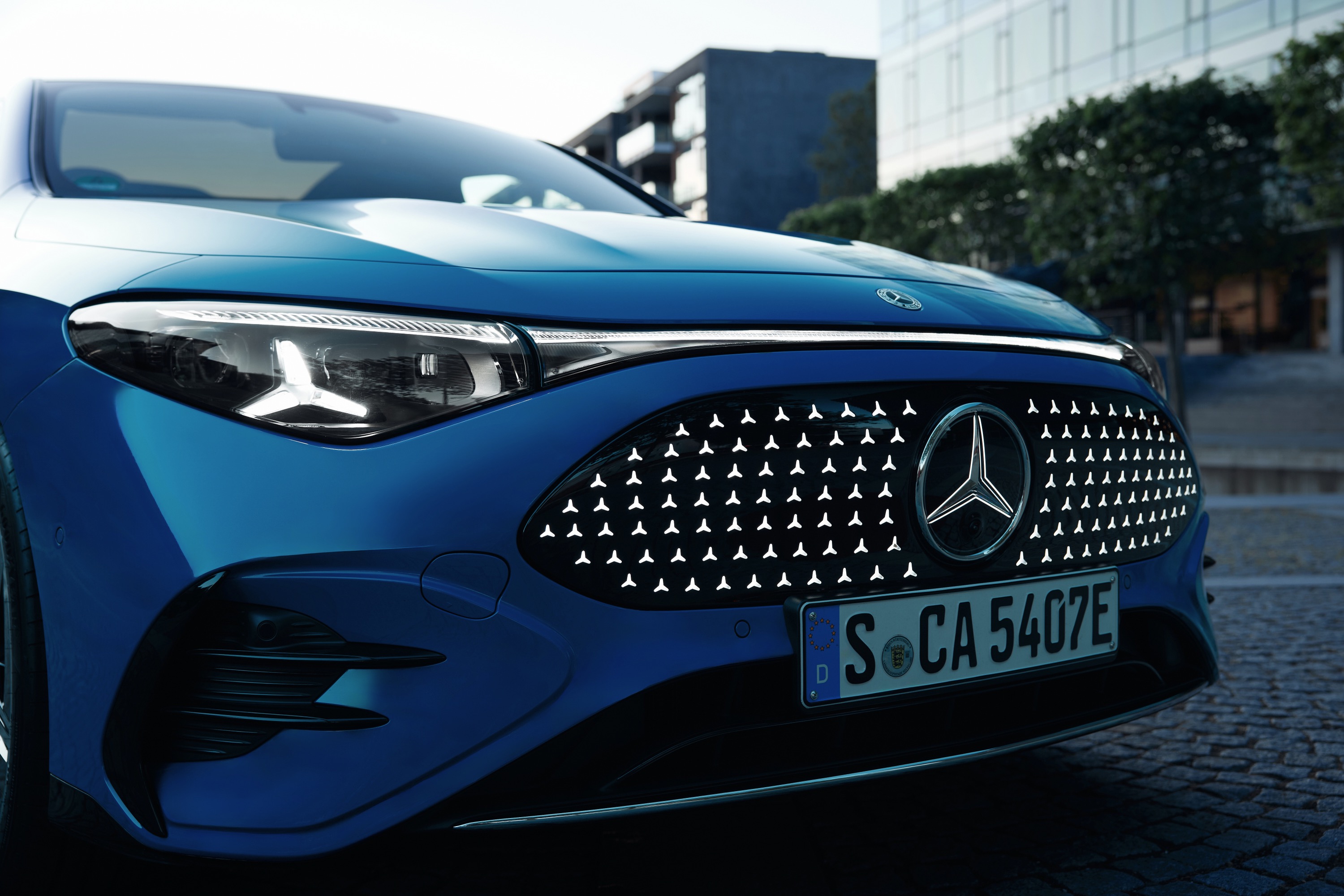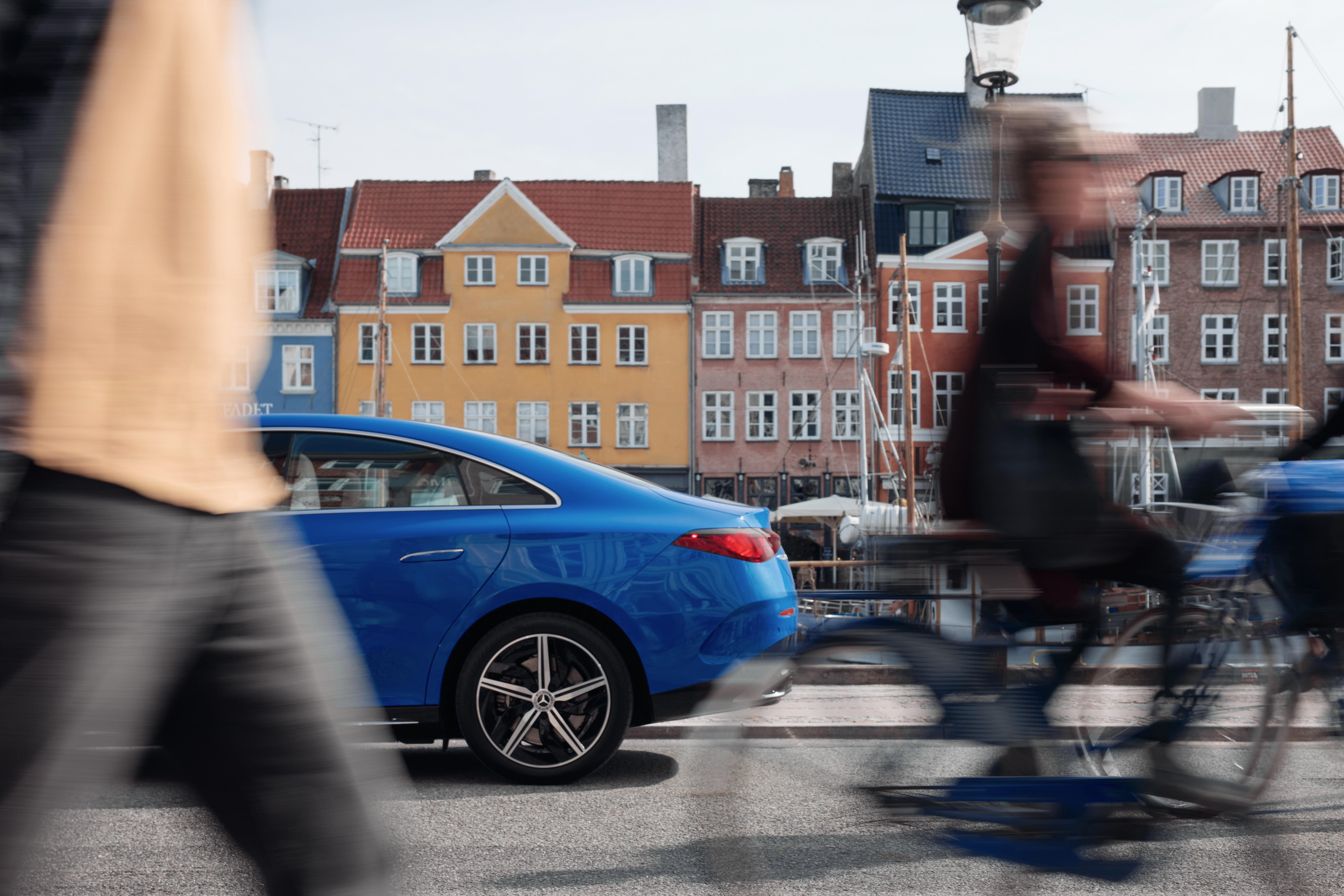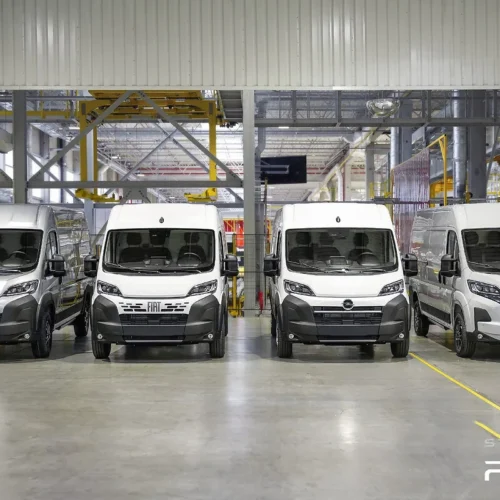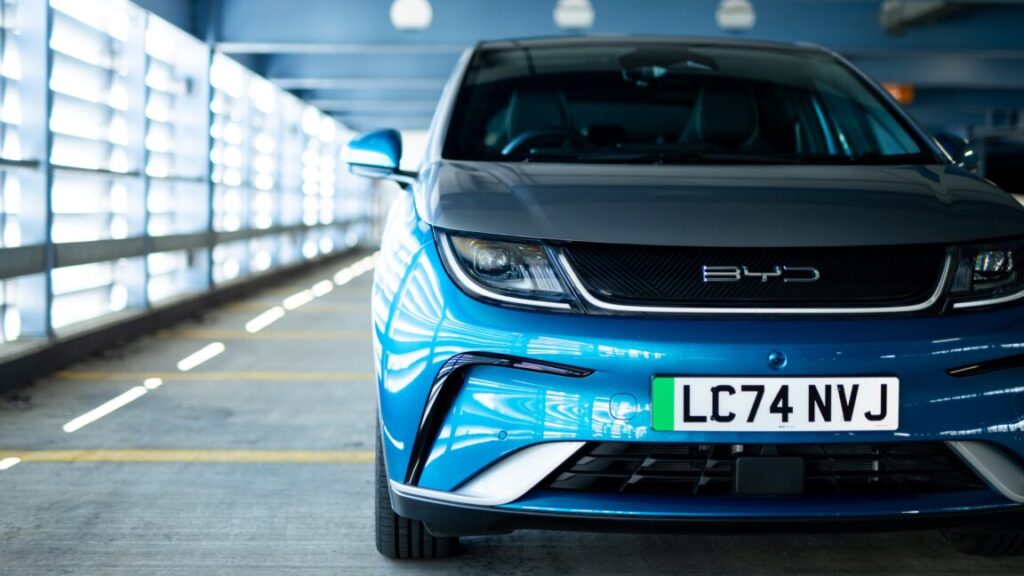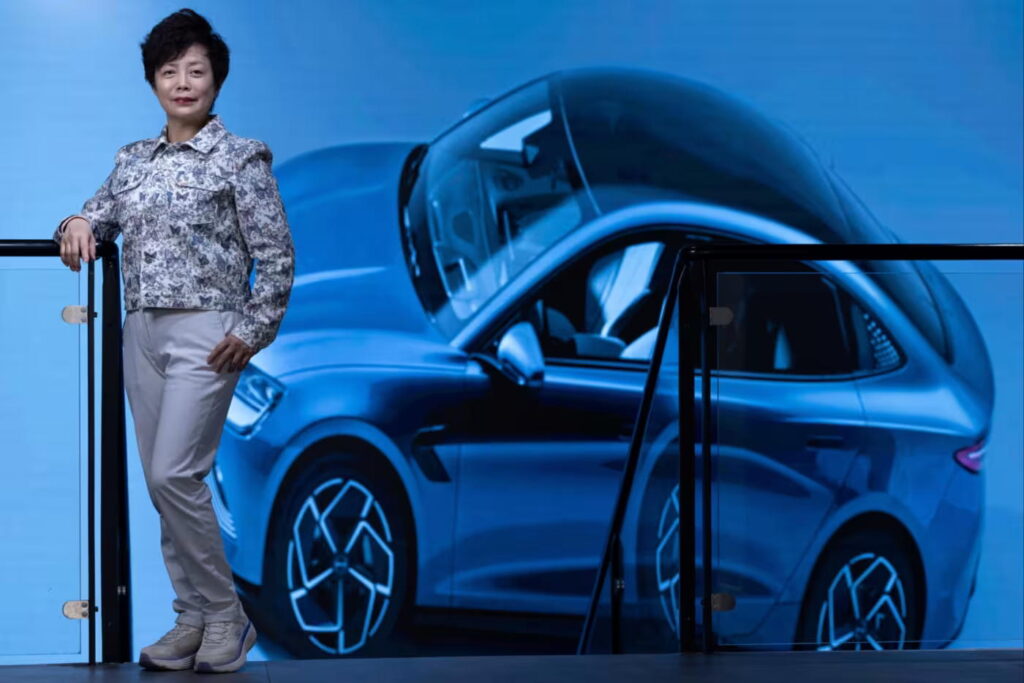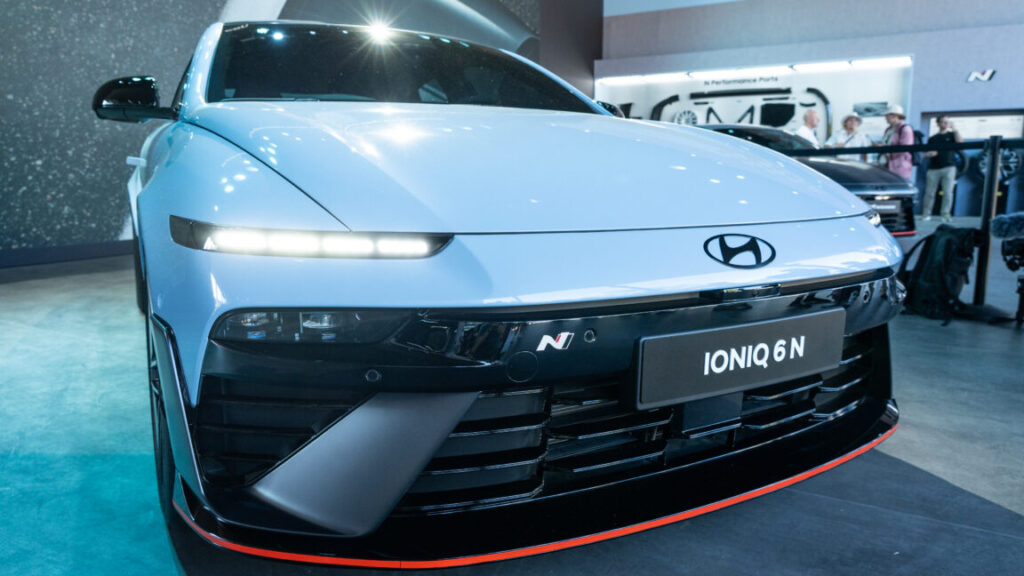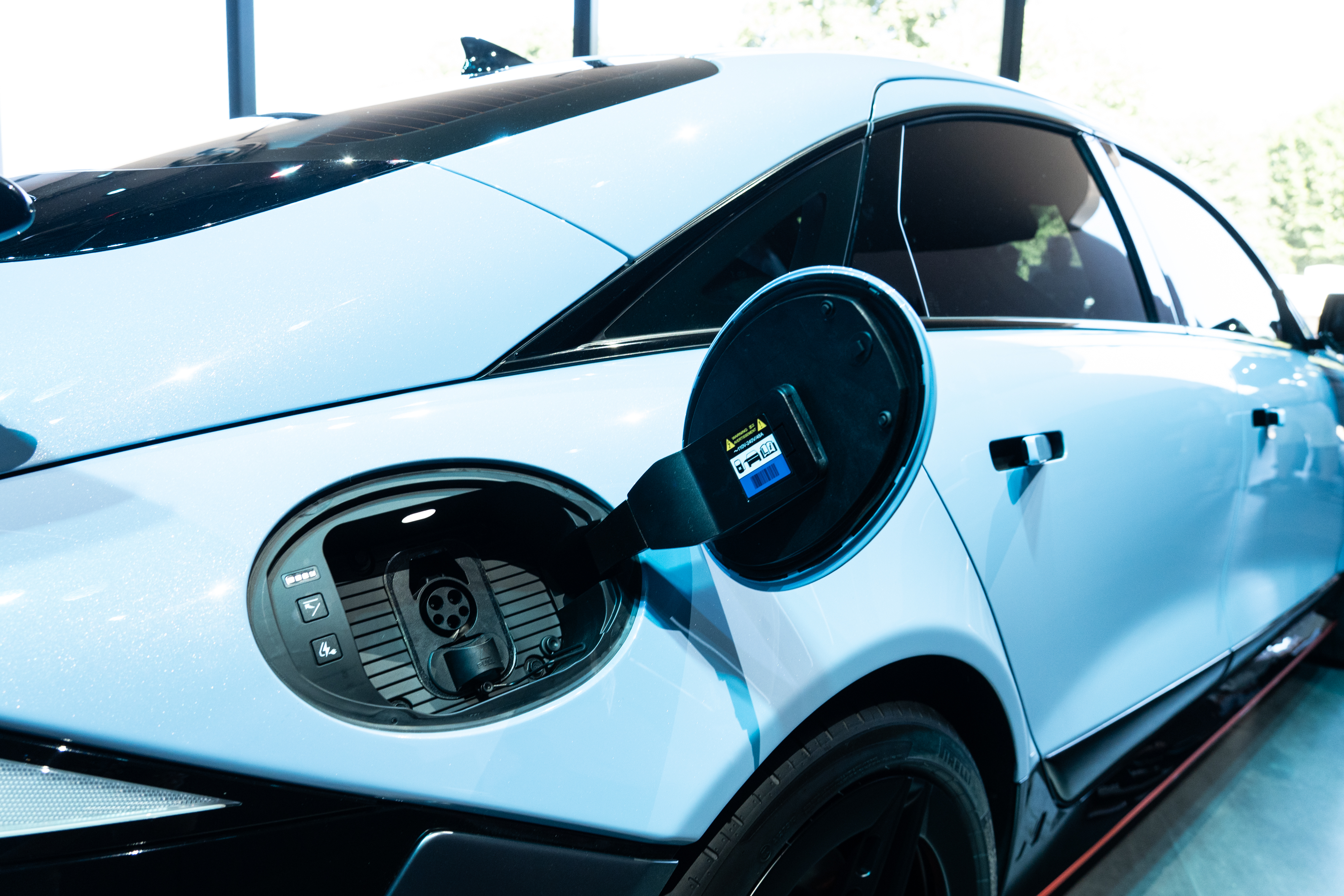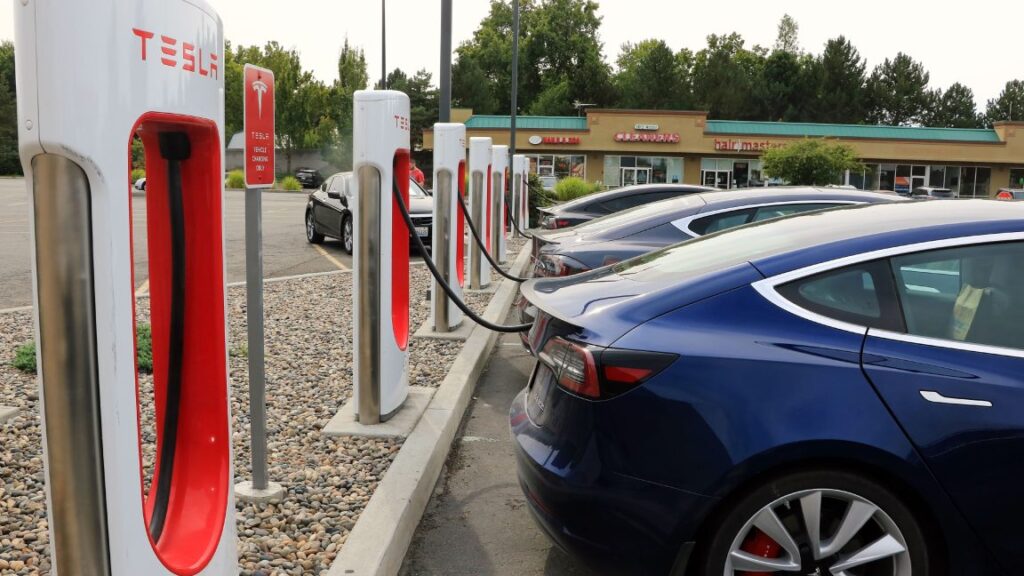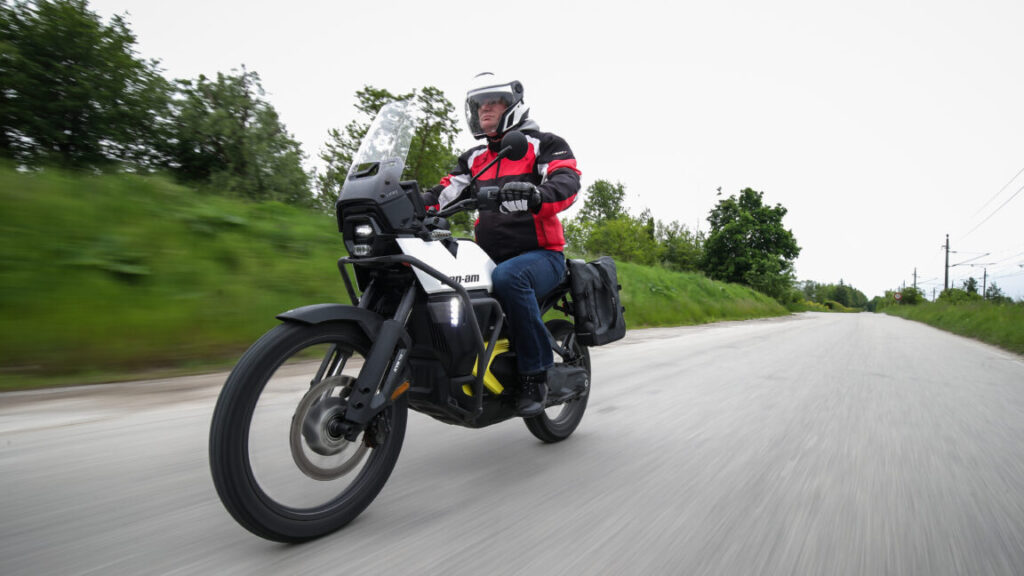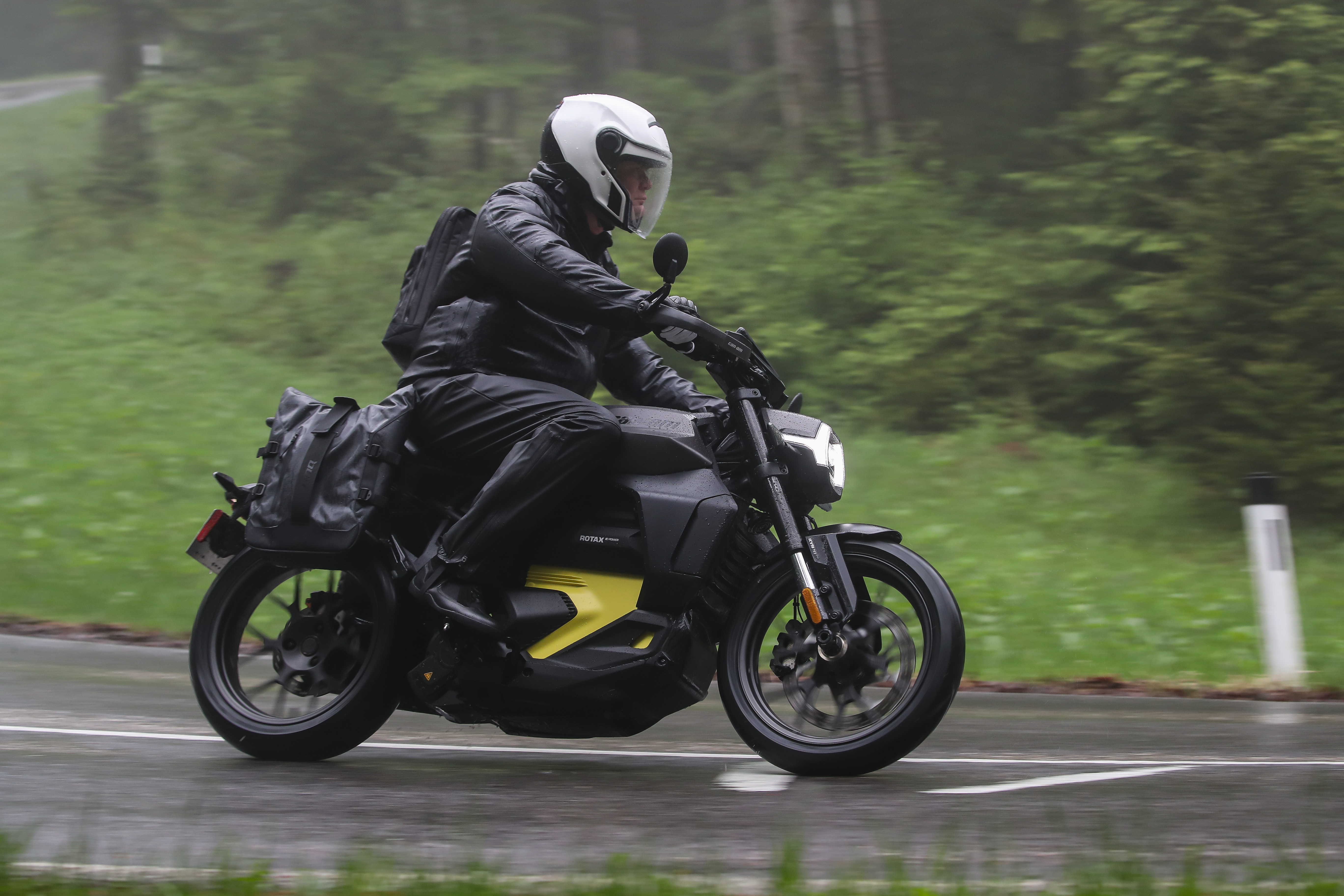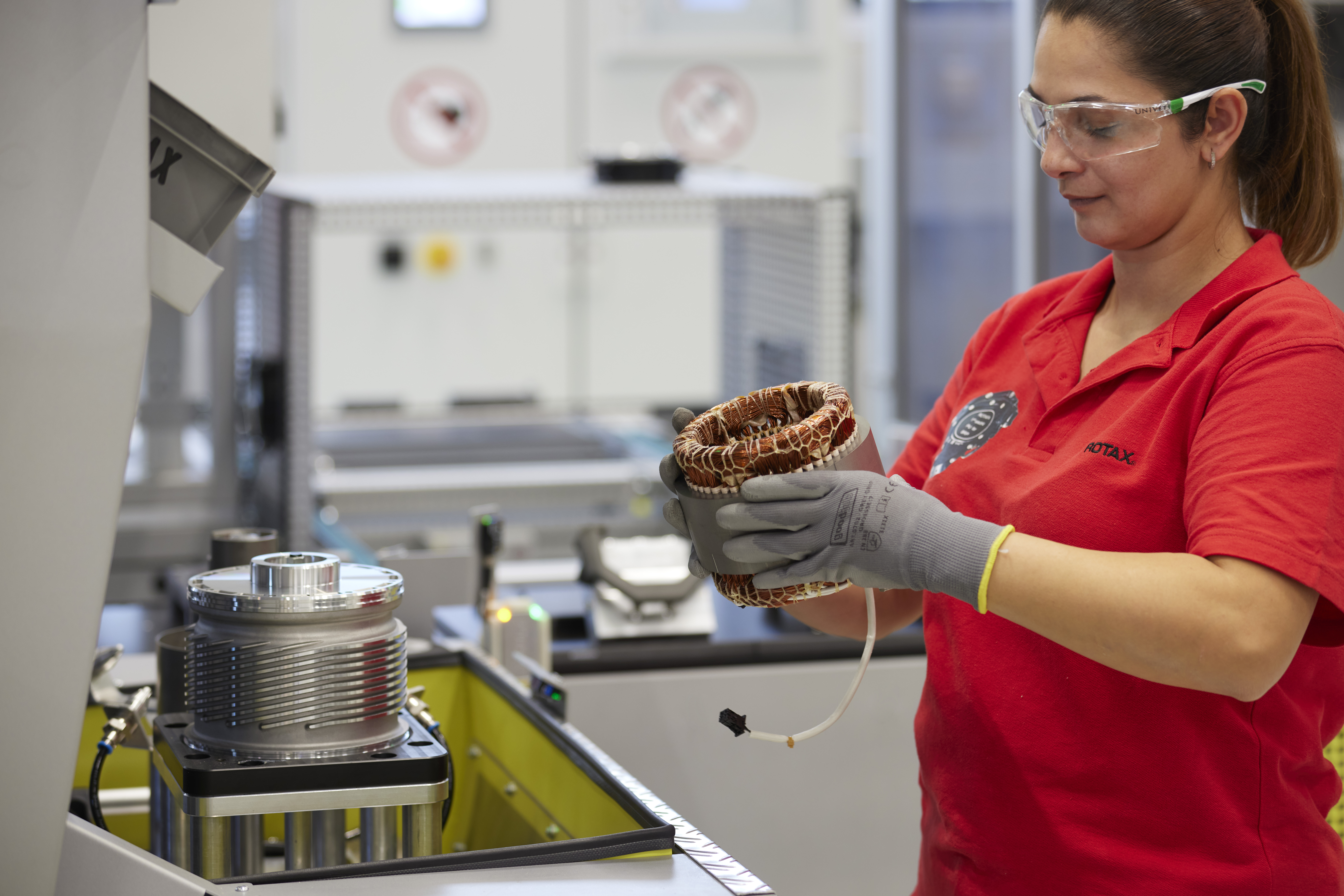Tesla is the least-trusted car brand in America, survey finds
Tesla’s eroding popularity with Americans shows little sign of abating. Each month, the Electric Vehicle Intelligence Report surveys thousands of consumers to gauge attitudes on EV adoption, autonomous driving, and the automakers that are developing those technologies. Toyota, which only recently started selling enough EVs to be included in the survey, currently has the highest net-positive score and the highest “view intensity score”—the percentage of consumers who have a very positive view of a brand minus the ones who have a very negative view—despite selling just a fairly lackluster EV to date. Meanwhile, the brand that actually popularized the EV, moving it from compliance car and milk float to something desirable, has fallen even further into negative territory in July.
Just 26 percent of survey participants still have a somewhat or very positive view of Tesla. But 39 percent have a somewhat or very negative view of the company, with just 14 percent being unfamiliar or having no opinion. That’s a net positive view of -13, but Tesla’s view intensity score is -16, meaning a lot more people really don’t like the company compared to the ones who really do. The problem is also growing over time: In April, Tesla still had a net positive view of -7.
Tesla remained at the bottom of the charts when EVIR looked more closely into demographic data. Tesla was the least-positively viewed car company regardless of income, although the effect was most pronounced among those with incomes less than $75,000, as were the results based on geography (although suburbanites held it in the most disdain) and age (where those over 65 have the most haters).
Vinfast is the only other automaker with a negative net-positive view and view intensity score, but 92 percent of survey respondents were unfamiliar with the Vietnamese automaker or had no opinion about it.
When asked which brands they trusted, the survey data mostly mirrored the positive versus negative brand perception. Only Tesla and Vinfast have negative net trust scores, with Tesla also having the lowest “trust integrity score”—those who say they trust a brand “a lot” versus those who distrust that brand “a lot,” at -19.
Tesla is the least-trusted car brand in America, survey finds Read More »
